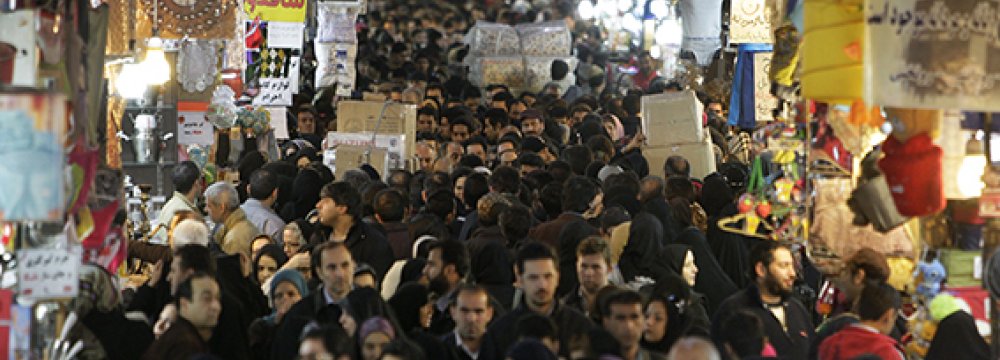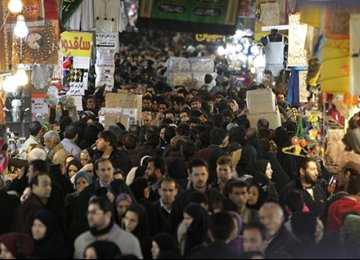For those who haven’t visited Iran, the Persian bazaar is probably enigmatic – a vague idea of a market. In Iran – the very place from which the word ‘bazaar’ originates - the bazaar is so much more. It is a unique space, with every bit as culturally, architecturally, and socially Iranian. There are bazaars in Western China, Central Asia, Iran and Turkey, but Iranian bazaars are unique.
In the other countries, bazaars are for tourists, Chinese imports, or wholesale. In Central Asia, for example, economic liberalization after the collapse of communism had created an economy where many of the small-scale purchases are handled by corner shops and grocery stores, making the trek to an enormous bazaar less and less appealing. Istanbul’s Grand Bazaar is now a great place to be ripped off if you’re a tourist, but a local has little reason to go there.
In Iran, a majority of commerce still passes through the bazaar. The bazaars are used for every kind of purchase under the sun. Tehran’s grand bazaar has sections for antiques, carpets, jewelry, clothing, home appliances, money changers, fruits, vegetables, tobacco, even a wedding sanctuary for couples getting married.
In previous centuries skilled laborers would sit in coffee houses dedicated to on a specific trade, waiting for employment. Many of the coffee houses still survive to the present day, even though they have lost their original function, according to as an article on bazaars in Word Press, westtotheeast.wordpress.com.
Bazaris, the people who run the bazaars, played a big role, along with many of other groups, in the 1979 Islamic Revolution. Nowadays, one can witness their wealth and religious devotion on full display is during religious occasions such as Ashura, the ceremony for the martyrdom of the third Shia Imam, Imam Hossein (A.S.), with passion plays, free food for everyone, and much more.
On Ashura people line up for almost an hour at the Tehran bazaar. Of all the food prepared throughout the city for alms giving, the best is the Tehran’s baazaris – good quality meat, a perfect mixture of herbs, and the right amount of beans. The food feeds the hundreds of people, lined up in gender-specific lines with efficiency and speed.
The physical structures of bazaars themselves are often hundreds of years old, built by forward-thinking rulers. They’re also very well-designed. Timcheh is a common architectural feature in many bazaars, also existent in Uzbekistan and Azerbaijan for instance. Essentially a dome with either a hole on top or a chimney-like structure with holes on the side, timchehs catch the wind and circulate air in warm weather, and don’t let in enough warm air out during the winter to cool the bazaar too much.





